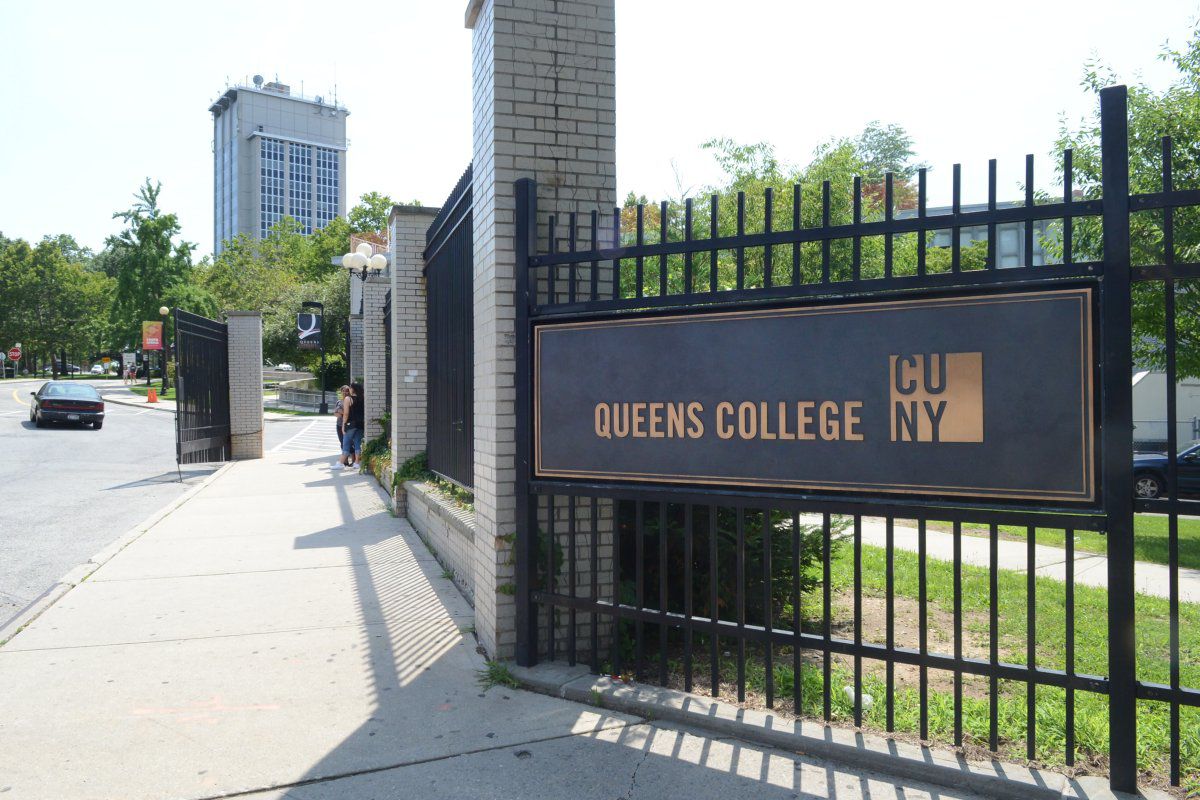Governor Andrew Cuomo signed a plan that included a “rational tuition” plan for CUNY and SUNY schools in 2011 to increase tuition by $300 every year until 2016.
On the same day, SUNY Chancellor Nancy Zimpher praised the section of the SUNY2020 plan and said she believed it would provide an “opportunity” for SUNY schools to create a “stronger, more competitive New York.”
“[I]n signing the NYSUNY 2020 bill, Governor Cuomo has instituted fair, rational, and predictable tuition reform in New York State, providing peace of mind for SUNY students and their families,” Zimpher said.
Organizations such as NYPIRG are calling for an immediate tuition freeze to ease the burden on students from families struggling to pay for other costs, such as housing.
“Their rationale is, by increasing tuition, the shortfalls coming from the state would allow them to use tuition money to plug in where they are lacking, such as faculty and ensuring enough classes for students,” said Tiffany Brown, project coordinator and higher education organizer for NYPIRG.
Brown explained how, at the same time the tuition plan was implemented, the state government provided less revenue for CUNY and SUNY.
“Divestment from public institutions by government [is occurring] and the burden is shifting to students,” Brown said.
Based on estimates by the Chronicle for Higher Education, SUNY and CUNY schools are losing a significant share of state revenue. For instance, CUNY York College received 70.8 percent of revenue from the state in 1987, which decreased to 55.1 percent in 2012.
For Queens College, 69.2 percent of revenues came from the state in 1987 only for it to fall to 41.1 percent in 2012. The share of revenue from students in 1987 was 23.2 percent and increased to 28.9 percent 25 years later.
Should New York continue to decrease its support for public colleges, based on current trends, then the state will no longer provide revenue by 2040, according to the Pell Institute for the Study of Opportunity in Higher Education.
Anthony Patti, a junior, believed a unique part of QC was its affordability and felt any increase in tuition was normal considering the rise of prices for other costs, such as bus fares.
“CUNY’s prices right now are very affordable considering what you get,” Patti said.
Brown agreed the affordability of CUNY is good for students, yet stressed it is difficult to pay for it without working or depending on aid.
“Granted it is very affordable, but we have to anticipate a lot of students are receiving a lot financial aid. In addition, for students paying out of pocket, what about those students working two jobs?” Brown said.
Sixty-seven percent of CUNY students come from households making less than $40,000, based on the 2014 Student Experience Survey by CUNY. For Queens College, that number is 53 percent.
Brown recommended students become active in the cause to freeze tuition, as living costs continue to rise.
“A lot of times students don’t think their voices matter and they don’t care,” Brown said “But they have a lot of voting power and a great chance to influence policies.”













